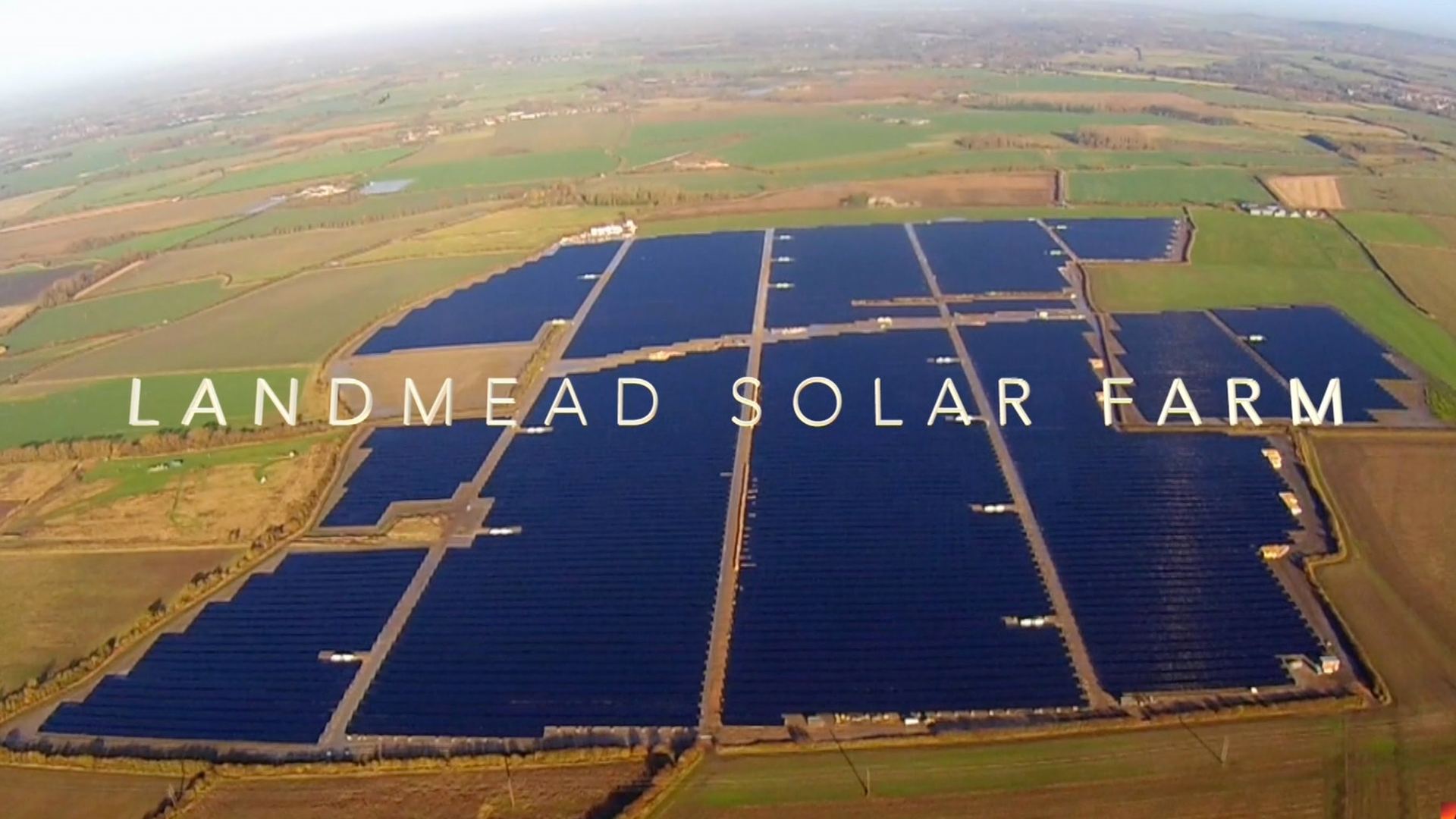News Article
University Of Chicago Scientists Claim To Have Produced A Pn Junction
University of Chicago scientists claim to have produced a pn junction
"The synthesis took us a long time, actually, but we made it," Professor
Luping Yu said. He gives most of the credit to his former PhD student,
Man-Kit Ng. "He's a superb organic chemist."
The multi-step process produces two different compounds (mostly hydrogen and
carbon) with opposite electronic properties that are then chemically bonded
to make the junction (a diblock copolymer). While the scientists can now
produce the junction with "relative ease", an interconnection technique is
elusive.
An additional $7.7mn in funding has been released to JMAR Technologies under
a $34.5mn contract sponsored by the US Defense Advanced Research Projects
Agency (DARPA) to develop collimated laser plasma lithography (CPL) systems.
Some of the extra funds will be used for demonstrations of the CPL
technology. This includes gallium arsenide (GaAs) end user evaluations of
the NanoPulsar tool.
Money will also go towards upgrades of the CPL system. Planned improvements
include achieving 45W of x-ray power - a level that should result in a five
wafer-per-hour throughput.
The $7.7mn brings the total funding received to $13.0mn.
California Institute of Technology scientists have produced microfluidic
analogues of comparator arrays and random access memory. The technology uses
a combinatorial array of binary valve patterns. The flow channels measure
100x9microns. The chips are made from a polydimethylsiloxane (PDMS) silicone
elastomer.
Luping Yu said. He gives most of the credit to his former PhD student,
Man-Kit Ng. "He's a superb organic chemist."
The multi-step process produces two different compounds (mostly hydrogen and
carbon) with opposite electronic properties that are then chemically bonded
to make the junction (a diblock copolymer). While the scientists can now
produce the junction with "relative ease", an interconnection technique is
elusive.
An additional $7.7mn in funding has been released to JMAR Technologies under
a $34.5mn contract sponsored by the US Defense Advanced Research Projects
Agency (DARPA) to develop collimated laser plasma lithography (CPL) systems.
Some of the extra funds will be used for demonstrations of the CPL
technology. This includes gallium arsenide (GaAs) end user evaluations of
the NanoPulsar tool.
Money will also go towards upgrades of the CPL system. Planned improvements
include achieving 45W of x-ray power - a level that should result in a five
wafer-per-hour throughput.
The $7.7mn brings the total funding received to $13.0mn.
California Institute of Technology scientists have produced microfluidic
analogues of comparator arrays and random access memory. The technology uses
a combinatorial array of binary valve patterns. The flow channels measure
100x9microns. The chips are made from a polydimethylsiloxane (PDMS) silicone
elastomer.






























